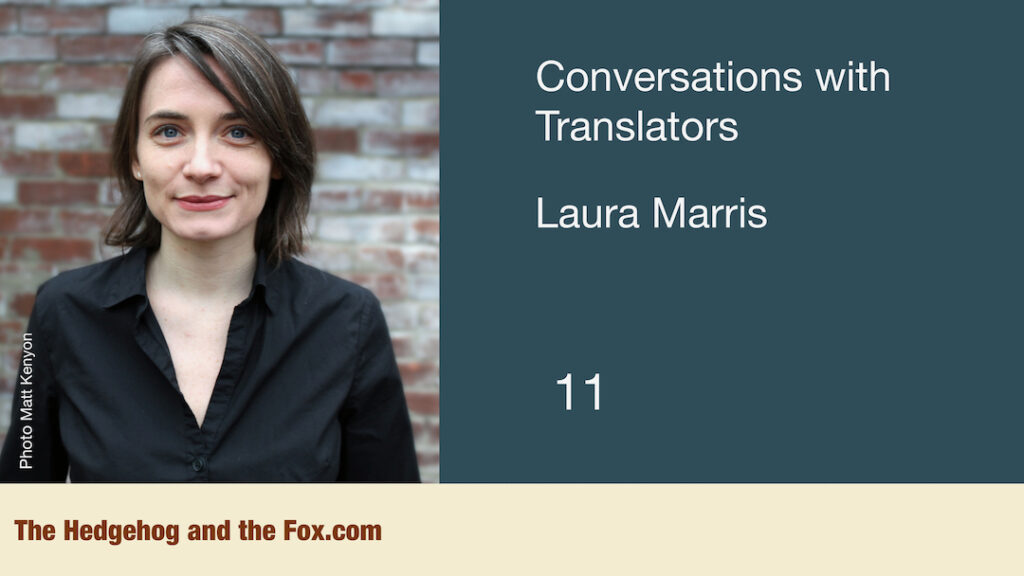
Translator Laura Marris, my guest on this episode, had long wanted to translate Albert Camus’s The Plague, his novel about a fictional pestilence that afflicted the Algerian coastal city of Oran, sealing it off from the rest of the world, shaping the lives of everyone in it, testing them, causing them to ‘forget the existence they had once been able to lead’(The Plague, p. 98). Camus worked on the book in that city during the second world war. ‘By the time the book was published in 1947,’ Laura wrote in the New York Times,
writers were looking for a way to bear witness as well to the Nazi occupation of France, and The Plague was championed as the novel of the occupation and the Resistance. For Camus, illness was both his lived experience and a metaphor for war, the creep of fascism, the horror of Vichy France collaborating in mass murder.
The book went on to become one of the best-selling French novels of the century and it’s had staying power. Perhaps because, as Roger Lowenstein said in the Washington Post in 2020: ‘It is a redemptive book, one that wills the reader to believe, even in a time of despair.’
For decades, English-speaking readers have encountered Camus’s book in Stuart Gilbert’s translation. That’s how I first read it as a teenager. The trouble is, Gilbert, a classicist by training and an early Joyce scholar, succumbed to the temptation to embroider Camus’s text. To cite just one example in Laura’s Translator’s Note: where Camus says ‘il fallait recommencer’ [they must begin again], Gilbert offers: ‘they must set their shoulders to the wheel again’.
So Laura found herself revising her translation in Buffalo in early 2020, shortly after making a research trip to Oran. Writing in April 2020, she said:
Toward the end of January, I began to notice a strange echo between my work and the news. A mysterious virus had appeared in the city of Wuhan, and though the virus resembled previous diseases, there was something novel about it … [T]he pace of my work and the pace of the virus were eerily similar.
Perceiving more and more parallels between the novel and the news, she goes on:
I felt a fissure open between the page and the world, like a curtain lifted from a two-way mirror. When I looked at the text, I saw the world behind it — the ambulance sirens of Bergamo, the quarantine of Hubei province, the odd disjunction between spring flowers at the market and hospital ships in the news. It was — and is — very difficult to focus, to navigate between each sentence and its real-time double, to find the fuzzy edges where these reflections meet.
We talked more in this interview, recorded in December 2021, about the correspondences between the book and a time of global pandemic. And recording this today, as Russian forces seem to be preparing to encircle the Ukrainian capital, cutting its people off from the outside world, forcing them back on their own resources, their own defences, it’s hard to avoid thinking that Camus’s novel has tragic resonances that go beyond the Nazi occupation of France or the Covid pandemic.
I began my conversation with Laura by asking her about her visit to Oran, the city which constitutes the entire world of the novel, and whose atmosphere is so important to its texture. Was that something she felt she needed to do or was it just something that was interesting to do?
